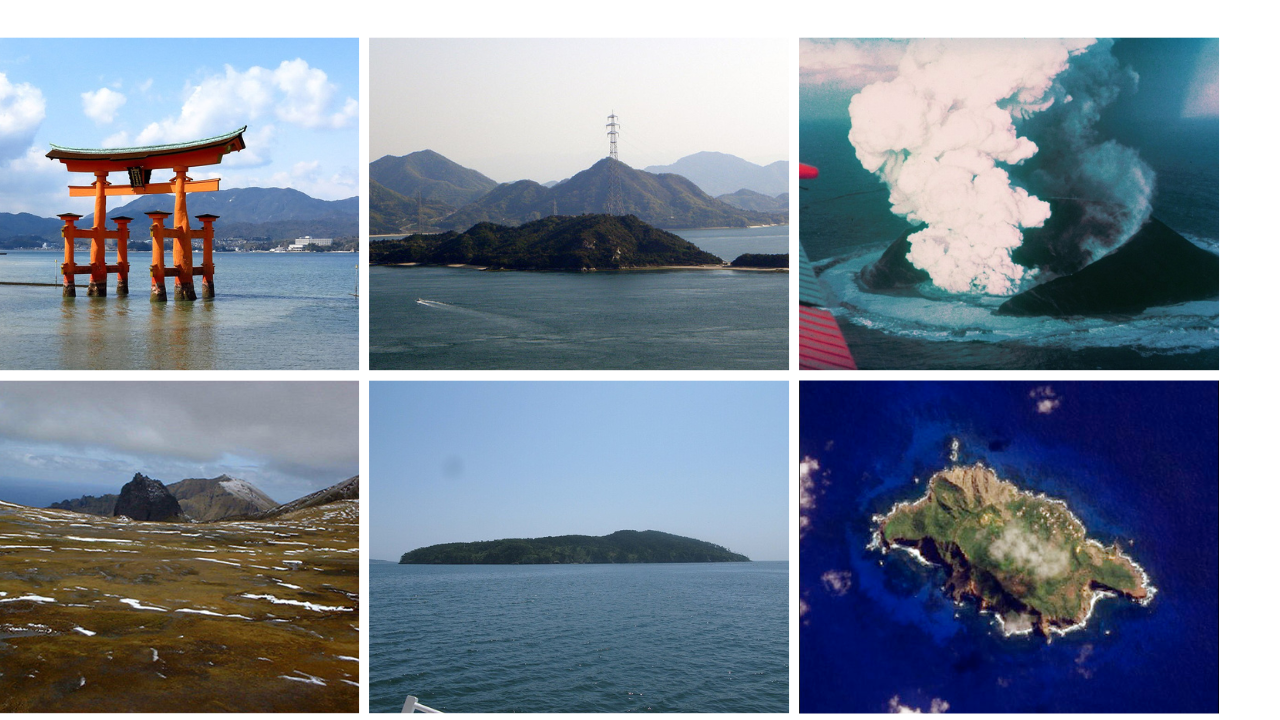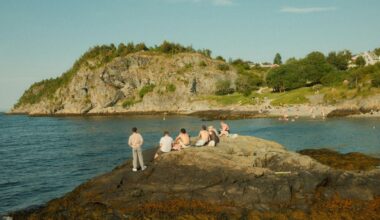On some remote islands, local rules bend in ways that feel almost unreal to outsiders. Small communities, fragile ecosystems, and deep rooted beliefs shape laws that go far beyond normal travel advice. A trip can mean accepting bans on dying, days of enforced silence, or strict controls on who is allowed to step ashore. These rules are not just quirks for travel blogs. They are survival tools that protect culture, land, and the thin margin that keeps island life possible.
Longyearbyen, Svalbard: Where Dying Is Discouraged
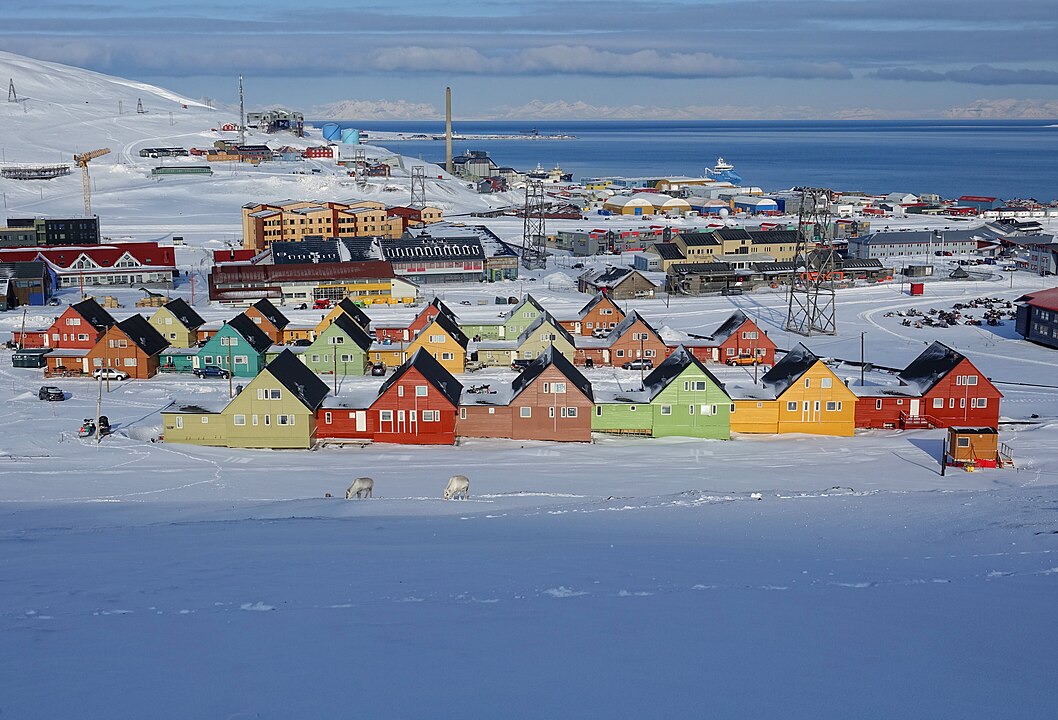
In Longyearbyen, the Arctic climate has forced a rule that sounds like dark humor. Seriously ill residents and many pregnant women are moved to mainland hospitals because burials in thawing permafrost risk releasing old diseases and disturbing unstable ground. Visitors planning long trips into the wilderness must register routes, carry proper polar bear protection, and respect strict safety briefings. The town looks peaceful from a distance, but every rule reflects a place that never forgets how quickly things can go wrong.
Bali, Indonesia: An Island That Shuts Down For Silence
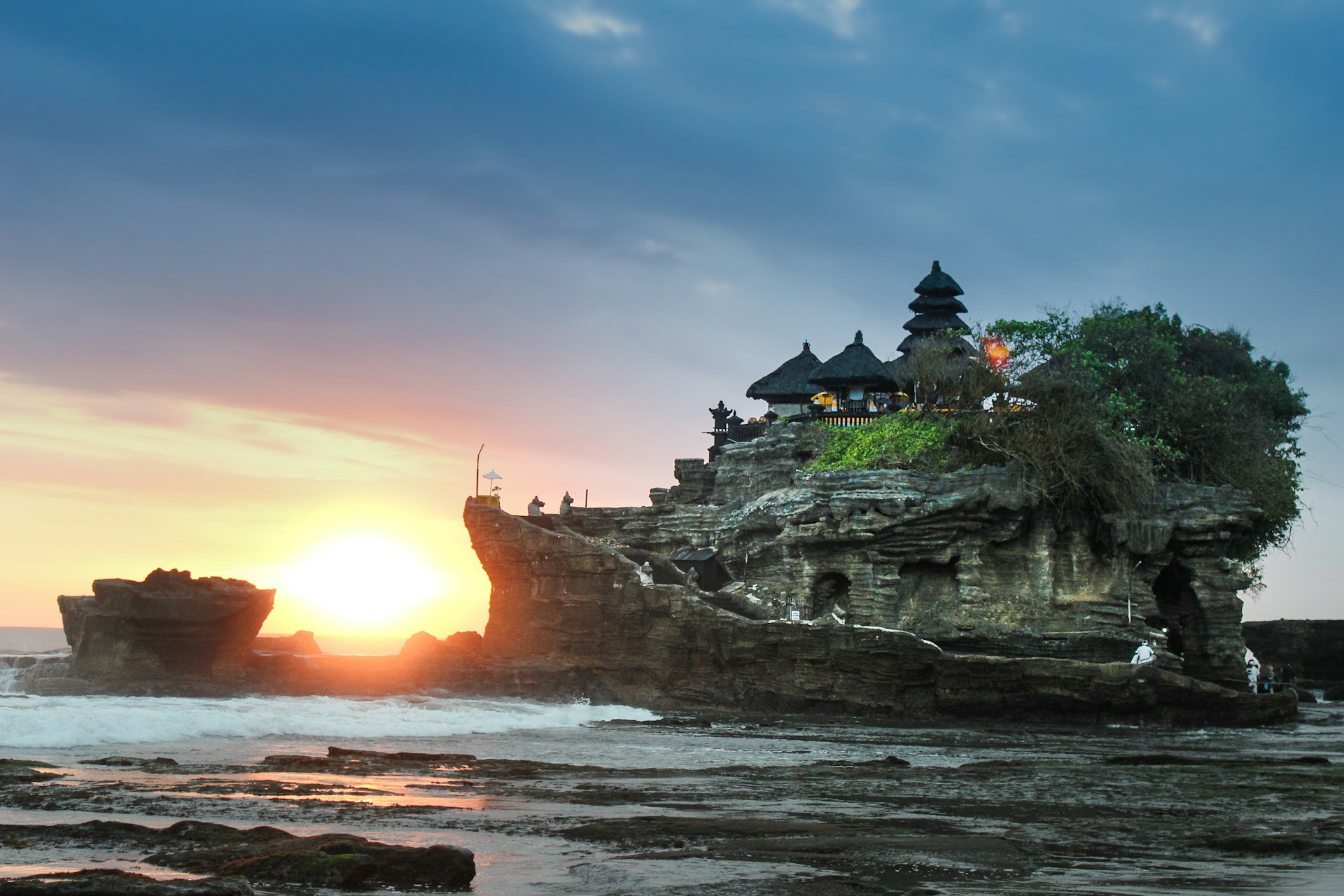
Bali hums with traffic, beach bars, and ceremonies most of the year, then Nyepi arrives and everything stops. For one full day, the airport closes, shops lock their doors, roads sit empty, and residents stay indoors with lights low. Security patrols keep streets quiet while the island observes silence and reflection. Tourists staying in hotels are expected to follow the pause along with everyone else. The rule can feel severe at first, yet it gives the island a rare shared moment of stillness.
Okunoshima, Japan: Rabbit Island With Strict Etiquette
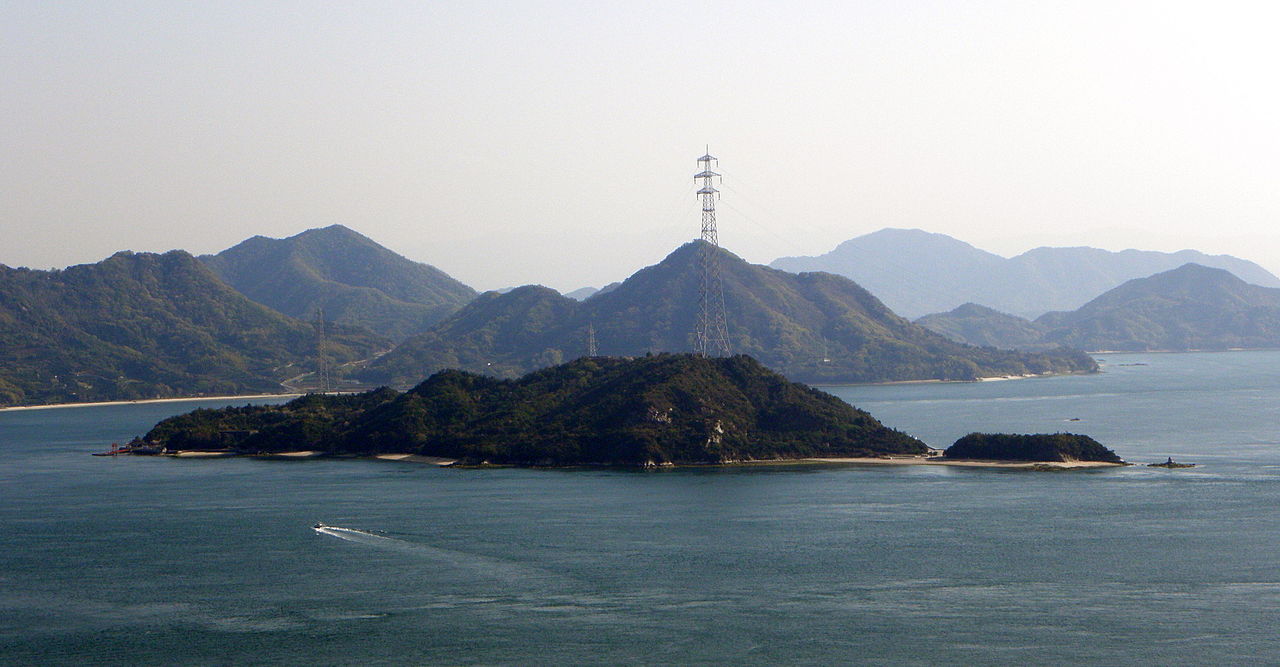
Okunoshima attracts visitors with images of friendly rabbits hopping along paths, but the island runs on careful rules. Signs urge people not to pick the animals up, not to chase them for pictures, and not to feed them bread or snacks brought from home. Only appropriate pellets and vegetables are encouraged, and abandoning pet rabbits on the island is strictly forbidden. The goal is to keep the animals as a stable population of semi wild residents, not overwhelmed mascots for social media.
Tashirojima, Japan: Cat Island With A Quiet Dog Ban
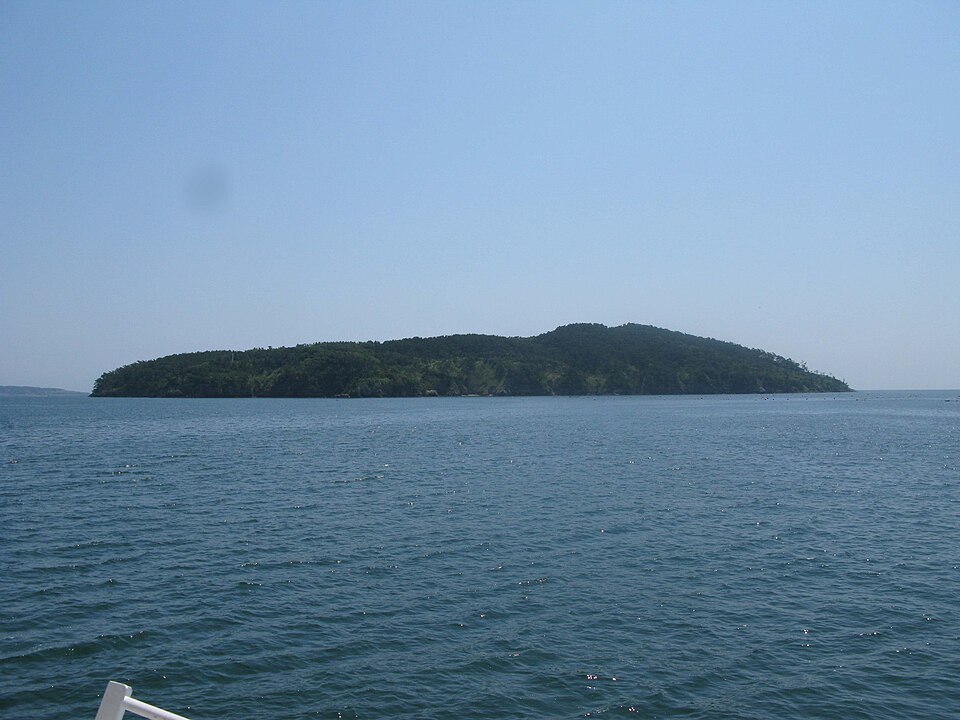
On Tashirojima, cats enjoy near celebrity status and the rules protect that balance. Dogs are effectively banned from the island, seen as natural enemies that would stress the cat population and disrupt a long tradition of feline care. Visitors are expected to move slowly, avoid crowding the animals, and not push for dramatic photos. Shrines and small shelters reflect a belief that cats bring good fortune and guard the fishing community. In daily life, it is the cats that set the tone.
Tristan da Cunha: Permission Required At The Edge Of Nowhere
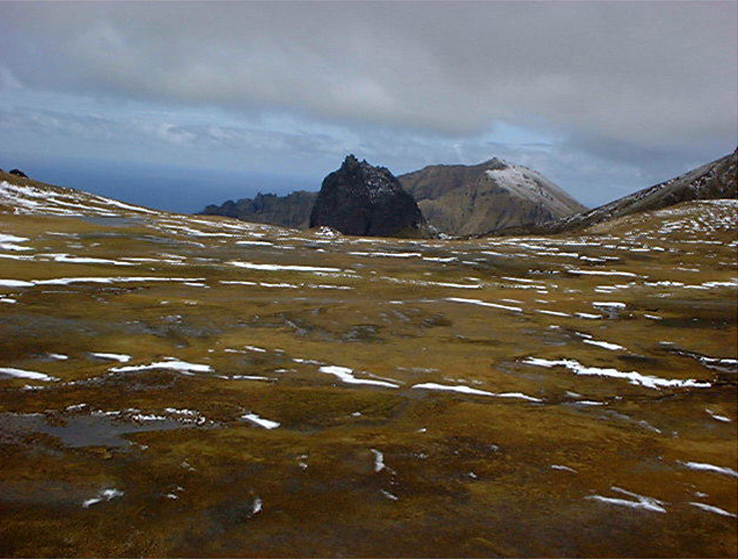
Tristan da Cunha sits far from any continent, and access starts with an application rather than a ticket search. Travelers must request permission from local authorities, arrange rare ship berths from South Africa, and show proof of funds, insurance, and confirmed return plans. No one can simply arrive and decide to stay, buy land, or open a business. The community owns the land collectively and guards its fragile economy and limited services. Every arrival is a deliberate choice, not a casual stop.
Pitcairn Island: Tiny Colony, Heavy Screening
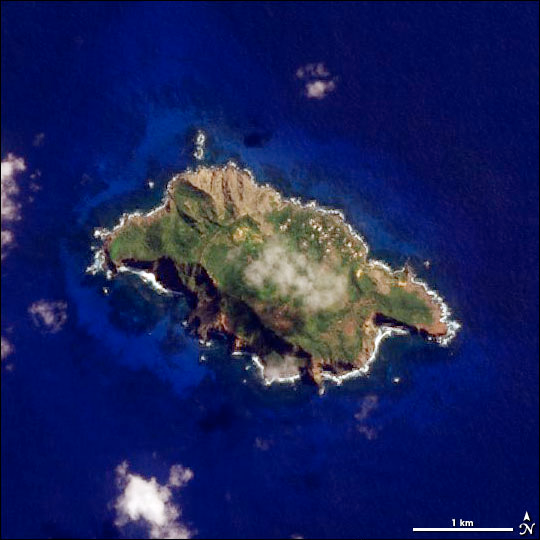
Pitcairn Island, settled by descendants of the Bounty mutineers, treats new arrivals with great caution. Short visits usually require coordination with island officials, while longer stays involve visas, background checks, and proof of health coverage and onward travel. Work projects, filming, and research need written approvals and often detailed plans. With only a small number of residents, any new person changes the social balance. Administrative rules here are not abstract policy, they are a way of protecting a vulnerable community.
Surtsey, Iceland: Scientists Only, No Exceptions
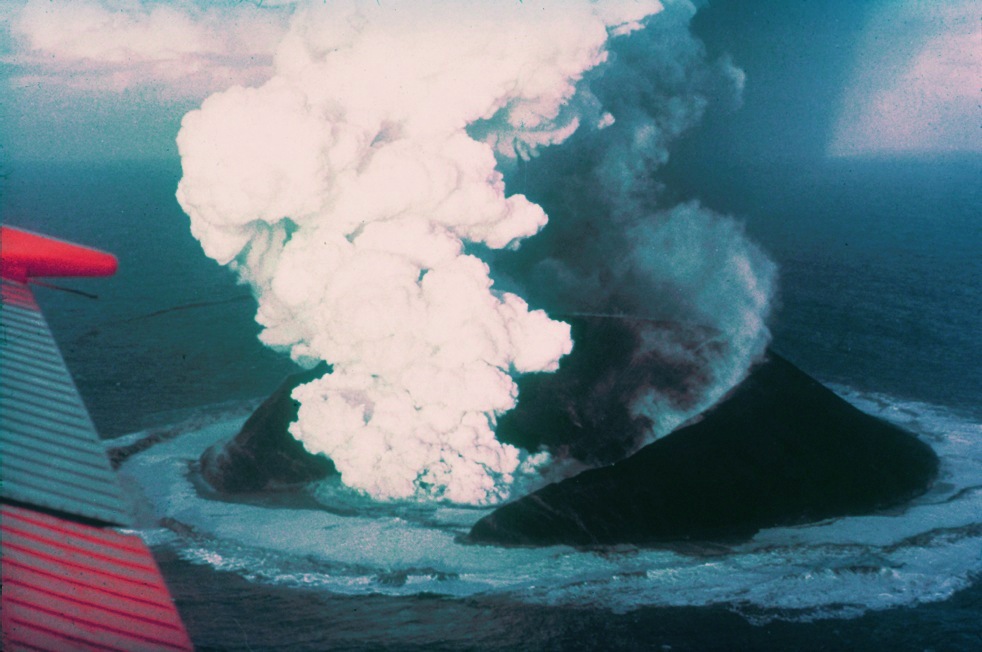
Surtsey is one of the few places on Earth where visitors are almost completely barred by design. Born from a volcanic eruption in the 1960s, the island serves as a living laboratory for biologists tracking how life colonizes fresh land. Only researchers with special permits may land, and they follow strict protocols to avoid bringing seeds, insects, or food scraps that could distort the experiment. Boats and aircraft can pass at a distance, but human footprints are treated as contamination, not souvenirs.
Niihau, Hawaii: The Island That Stays Closed

Niihau, often called the forbidden island, keeps its doors nearly shut to casual travelers. Ownership rests with a single family, and access is limited to residents, invited guests, certain officials, and tightly controlled tours that usually remain offshore or on specific beaches. Entering the main village or private lands is not allowed without explicit permission. The community has chosen to protect language, traditions, and lifestyle from outside pressures. To most visitors, Niihau exists as a distant outline on the horizon.
Itsukushima, Japan: Sacred Shores With Old Taboos
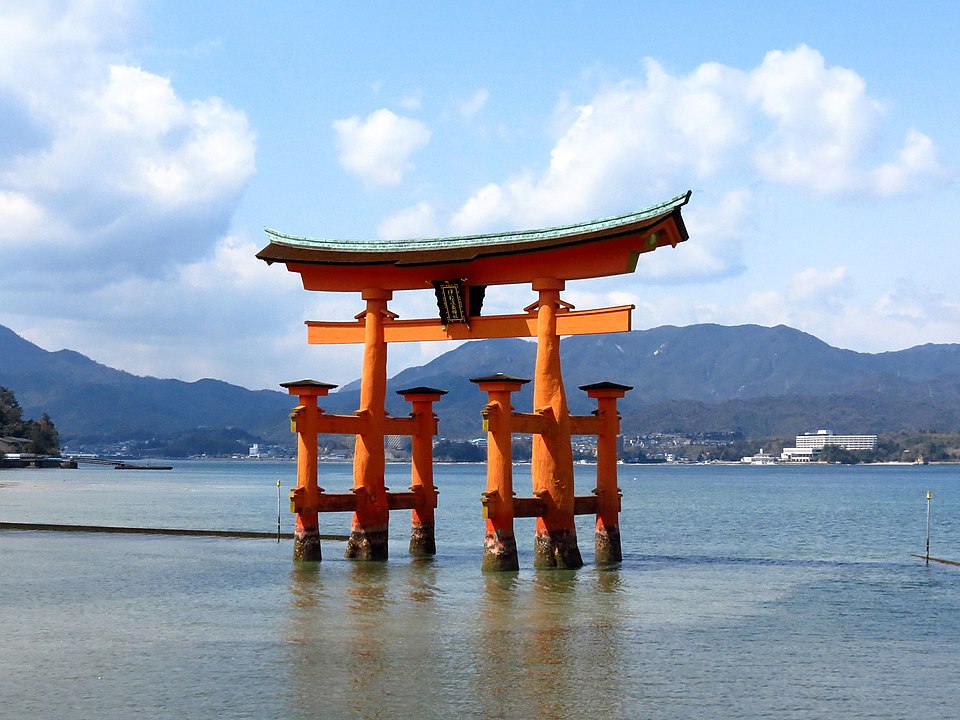
Itsukushima, also known as Miyajima, welcomes crowds of visitors yet still quietly enforces rules shaped by its sacred past. For centuries, births and deaths were kept off the island to preserve ritual purity, and that legacy still influences where residents go for major life events. Modern planning limits large construction near the shrine and protects views of the famous gate rising from the water. Souvenir shops, deer, and day trippers fill the streets, but zoning and custom keep the spiritual core unusually guarded.
